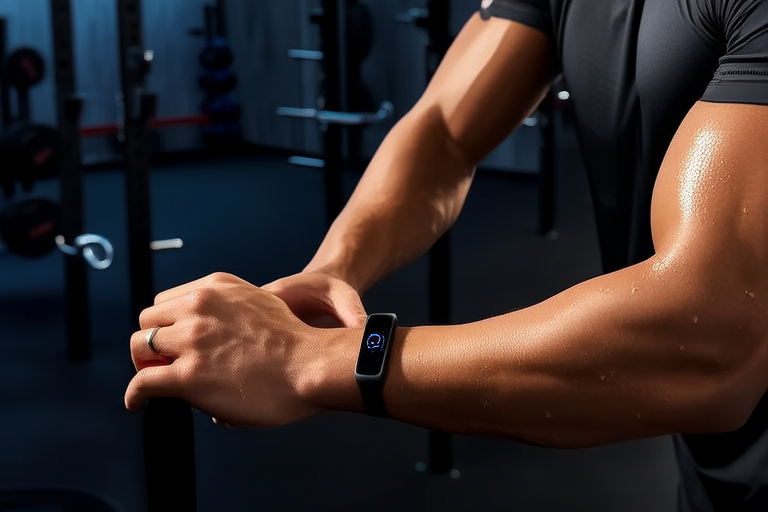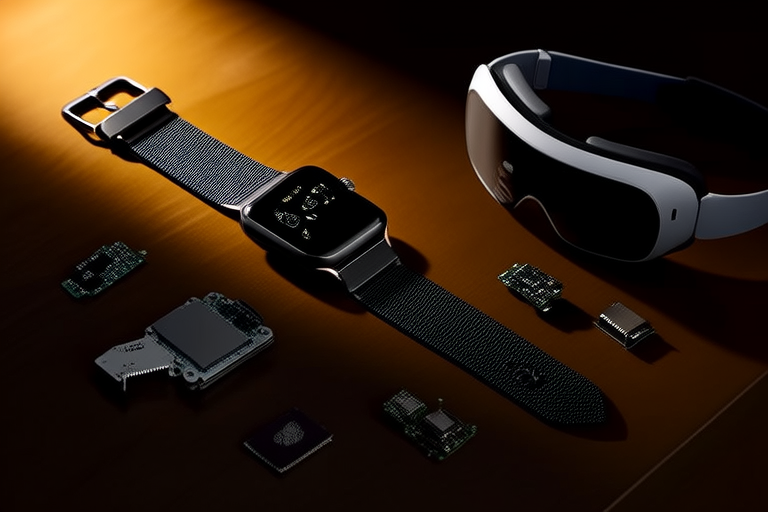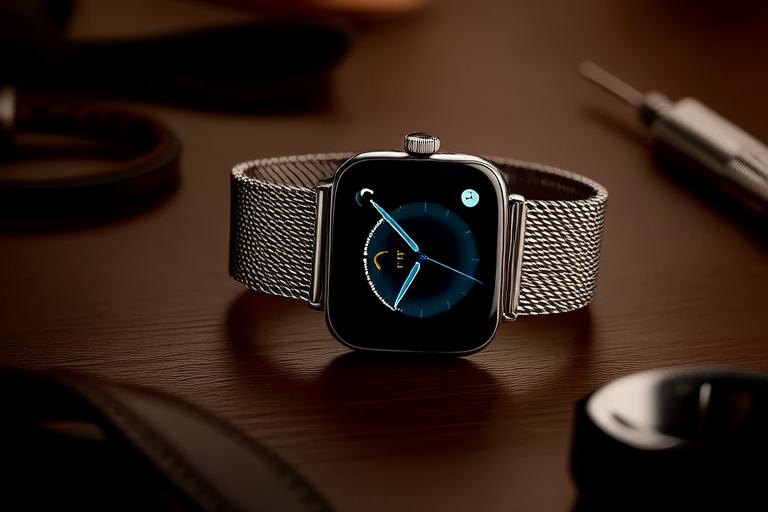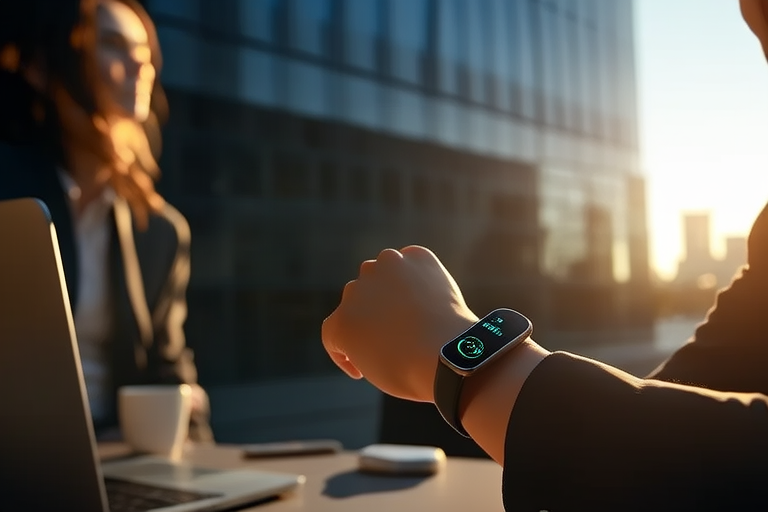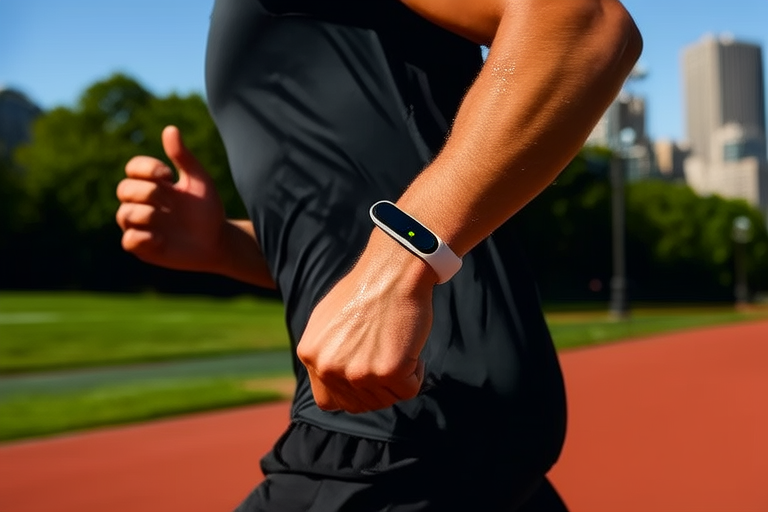The Future of Fitness: How Wearable Devices Are Revolutionizing Workouts
Introduction
Wearable devices have emerged as indispensable tools in the realm of fitness, transforming the way people track their physical activities and monitor their overall health. These compact gadgets, worn on the body, offer real-time data on various metrics such as steps taken, heart rate, calories burned, and sleep patterns. Initially introduced as simple pedometers, today’s advanced wearables incorporate sophisticated sensors and connectivity options, making them integral to modern workout routines. The trend of integrating technology into fitness has grown exponentially, driven by the increasing demand for personalized and efficient health management solutions.
Evolution of Wearable Technology in Fitness
The journey of wearable fitness technology began with basic pedometers, which counted steps and provided limited information about physical activity. However, advancements in sensor technology, data analytics, and connectivity have dramatically enhanced the capabilities of these devices. Today, popular wearables include smartwatches, fitness bands, and GPS-enabled sports watches, each offering a range of features tailored to specific needs. For instance, smartwatches like Apple Watch and Fitbit Versa not only track steps but also monitor heart rate, sleep quality, and even provide guided workouts. Similarly, specialized sports watches from brands such as Garmin and Polar cater to athletes by offering detailed performance metrics and GPS tracking.
Key Features of Modern Wearable Devices
Modern wearables come equipped with an array of essential features designed to enhance user experience and provide personalized feedback. Heart rate monitoring is one of the most crucial functions, allowing users to gauge their exertion levels during exercise. GPS tracking enables precise distance measurements and route mapping, while calorie counting helps users understand their energy expenditure. Sleep analysis provides insights into rest quality, and some devices even offer guided workouts, suggesting exercises based on user preferences and goals. The integration of artificial intelligence (AI) and machine learning further refines these features, ensuring that the data collected is accurate and relevant to individual users. This personalization ensures that users receive actionable insights that can be applied directly to their fitness routines.
Benefits for Users
Wearable devices play a pivotal role in helping users set and achieve fitness goals. Real-time feedback and progress tracking motivate individuals to stay consistent with their workout plans. By visualizing improvements over time, users are more likely to maintain their commitment to healthy living. Additionally, the convenience of having all fitness data consolidated in one place makes it easier for users to access their information via smartphones or other devices. This accessibility fosters a continuous cycle of self-improvement, encouraging users to make informed decisions about their health and wellness.
Integration with Smart Home and Fitness Ecosystems
The integration of wearable devices with other smart home technologies creates a seamless fitness experience. For example, smart scales can sync with wearables to provide a comprehensive view of weight trends alongside activity data. Connected treadmills and stationary bikes can share workout details, allowing users to see how their efforts translate across different activities. Apps and platforms act as central hubs, connecting various devices and offering holistic insights into health and fitness. This ecosystem approach ensures that users have a complete picture of their wellbeing, facilitating more effective goal-setting and achievement.
Challenges and Considerations
While wearable devices offer numerous benefits, they also present challenges that need to be addressed. Privacy concerns surrounding data collection and sharing are paramount, especially given the sensitive nature of health information. Over-reliance on technology can sometimes lead to inaccuracies in readings, potentially undermining the trust users place in these devices. Proper calibration and regular updates are essential to ensure reliable performance. Educating users about the correct usage and interpretation of data is crucial to maximizing the benefits of wearable technology. By addressing these issues proactively, manufacturers and developers can enhance the utility and safety of these devices.
Future Trends
The future of wearable fitness technology holds exciting possibilities. Augmented reality (AR) and virtual reality (VR) could revolutionize workouts by creating immersive environments that engage users in new and innovative ways. AR could overlay workout instructions onto real-world settings, while VR might simulate challenging terrains or competitive scenarios, enhancing motivation and enjoyment. As healthcare systems increasingly adopt digital solutions, wearables may become more integrated, offering diagnostic capabilities and contributing to preventive care strategies. These advancements promise to further elevate the role of wearables in promoting healthier lifestyles.
Conclusion
In conclusion, wearable devices have significantly impacted the fitness industry, transforming workouts into more personalized and effective experiences. These gadgets serve not just as tools but as partners in achieving healthier lifestyles. By embracing the future of fitness technology responsibly, users can harness its full potential while being mindful of associated challenges. As innovation continues to drive improvements in accuracy, functionality, and integration, the partnership between humans and wearables will undoubtedly foster greater well-being and longevity.
